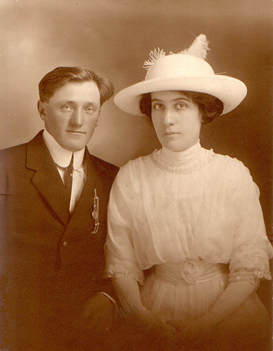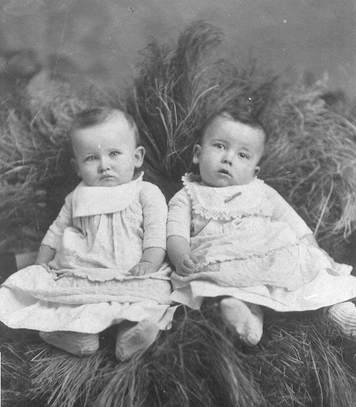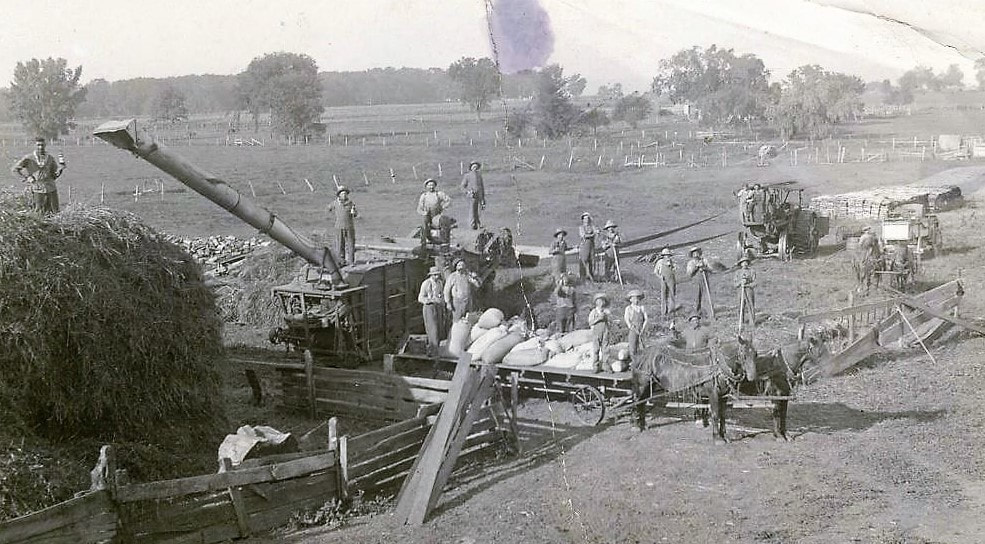|
With the heat of July in the Dakota Prairies, it won’t be long before we hear the combines harvesting the wheat fields. Today’s farming still follows the seasons, but the technology and equipment would seem otherworldly to our ancestors. Those who settled the prairies in the late 1800s and early 1900s quickly learned that they needed to rely on each other. Neighbors helped neighbors harvest their crops, make hay and manage livestock. Many tasks that were too much for one individual to do alone. Let’s look at ways we can incorporate an activity like harvesting the land into our family history. After the hard and difficult task of preparing the soil and planting the seed, when it was time to harvest it was critical that farmers gathered their crop in a timely manner. Not doing so, exposed it to the weather and critters, impacting the quality and quantity of crop. Many were only one crop away from losing their farm in those early years…they didn’t have the luxury of a steady paycheck like many of us do.
In the very early years, crops were cut and gathered by hand. Later with the invention of the threshing machine, it wasn’t uncommon to have “harvesters” come to each farm in the neighborhood. Neighbors helped each other and paid the owner of the threshing machine in work or pay. It was too expensive to own your own threshing machine for most and this model helped all those involved. The harvest went on for quite some time as they worked on each other’s fields. Often in addition to neighbors, transient field hands were hired. These men traveled the railroads looking for work where they could find it. They would often stay right on the farmer’s property in the barn’s hay mound (Can you imagine how hot that must have been?) People were more trusting in those days, having a total stranger stay in your yard. There were no phones and the nearest neighbor was a mile away by horseback. Thankfully most had no problems with these workers but old newspapers do have stories about when things didn’t go well. Was your ancestor the field hand who traveled for work? Or perhaps he was the farmer who hired workers? If your ancestor had a store or worked in town, how did the harvest impact his life? Did he see a boost in business after the harvest? Or perhaps farmers purchased on credit in anticipation of the harvest? As you think about ways to include information about harvesting, don’t forget the women. All those daily farm chores had to be done whether the harvest was going on or not. Perhaps the wife and children were milking the cows, feeding the hogs or tending the garden while the husband was away helping the neighbors. They may have been thinking of the farmer’s wife when they said, ‘a women’s work is never done’. All those harvesters had to be fed and that meant breakfast, midmorning lunch, lunch, afternoon lunch and supper—in addition to all the other daily tasks. It was a busy time for all. Here are some ideas regarding ways to find out more harvesting through the years as well as records that might help you with your own family history.
Here are some links to help you—as always please credit their work if you use information for your story. Threshing in Minnesota As the Story is Told: Threshing Feeding a Threshing Crew Threshing Machines: Farmers Working Together (YouTube video from Iowa Public Television) If you have a farming heritage share that information in your family history. Help your reader understand what it took to harvest a crop. In today’s world we merely pop over to the local grocery store to buy our loaf of bread, never thinking about what it took to get there. Enjoy looking at the old records and figuring out way to help your reader understand their ancestor’s time. “Farming looks mighty easy when your plow is a pencil and you’re a thousand miles away from a cornfield.” --Dwight D Eisenhower Comments are closed.
|
AuthorWith a lifelong passion for genealogy and history, the author enjoys the opportunity to share genealogy tidbits, inspiring others to research and write their family story. Archives
July 2024
Categories |




 RSS Feed
RSS Feed